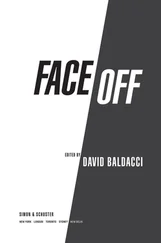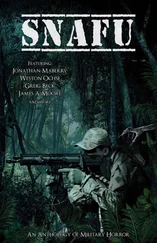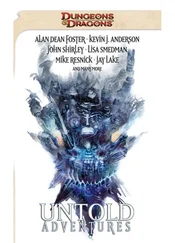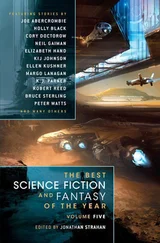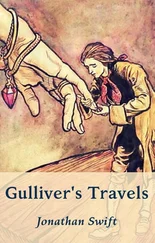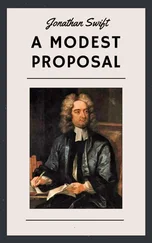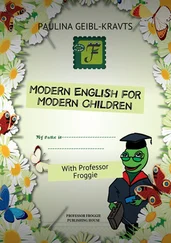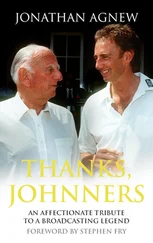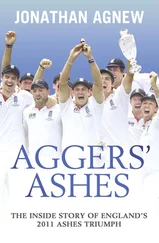More than five thousand miles away in Pretoria, the South African authorities had been monitoring D’Oliveira’s development and knew they had a problem. England, travelling under the auspices of MCC in those days, were due to tour South Africa the following winter and the interior minister, Pieter le Roux, had already warned MCC that D’Oliveira would not be allowed into South Africa if he were chosen in the squad.
In the event, the West Indies tour did not go well for D’Oliveira either on or off the field. He played in all five Tests but passed fifty only once and, on his first tour, it soon became clear to his team-mates that Dolly could become quite fiery when he had consumed a drink or two. There were further political developments, too, with the former MCC president Lord Cobham assuring the South Africans that MCC would do everything in its power to ensure that the winter’s tour went ahead, and the pressure was ratcheted up a notch when John Vorster, the prime minister of South Africa, warned that the tour would be cancelled if D’Oliveira were selected.
Despite his indifferent form, D’Oliveira was selected for the first Ashes Test of 1968, and although Australia won the match, he top-scored in the second innings with an unbeaten 87. It was when he was replaced by Colin Milburn for the following Test, to make way for a third fast bowler, that the first whiff of suspicion of a possible political intervention was detected. MCC secretary Billy Griffith contacted D’Oliveira and urged him to rule himself out of the South Africa tour. Griffith also suggested, absurdly, that D’Oliveira might make himself available for South Africa instead. In July, with D’Oliveira now out of the England team, MCC approached thirty players to check their availability for the tour – but not D’Oliveira.
Although the Ashes were already lost, England needed to win the Fifth and final Test against Australia to draw the series. Roger Prideaux, who had scored 64 in the first innings of the previous Test at Headingley, was forced out of the match through injury and D’Oliveira was called up. However, he was the only player not to be asked on the eve of the game by Doug Insole, the chairman of selectors, to declare his availability for the tour to South Africa.
The Oval Test of 1968 was a remarkable game of cricket in its own right. England set Australia 352 to win and, just before lunch on the final day, Australia were heading towards defeat at 85 for five when a torrential storm flooded the ground. The sun reappeared shortly afterwards and the groundstaff – helped by volunteers from the crowd who were armed with brooms, buckets and towels – set about drying the outfield. At 4.45, play restarted with only seventy-five minutes remaining.
The captain, Colin Cowdrey, used all his frontline bowlers, but John Inverarity and Barry Jarman could not be shifted. With barely forty minutes before stumps, Cowdrey turned to the great partnership-breaker, D’Oliveira, who duly bowled Jarman in his second over. Derek Underwood, revelling in the rapidly drying conditions, finished the contest by taking the last four Australian wickets in twenty-seven balls with every fielder crouched around the bat.
All of that would surely be enough to make the match memorable. But this game had gained a significance of its own when, in England’s vital first innings, D’Oliveira scored 158 from 325 balls. It was not a flawless innings – far from it. In fact he was dropped four times. But this surely was a performance, played under great personal pressure, that demanded selection for the winter tour that followed. However, as we have already established, these were far from normal circumstances.
The selectors convened at eight o’clock on 27 August, the evening the Test finished, and the meeting closed at two o’clock the next morning. Of the five selectors – Insole, Cowdrey, Don Kenyon, Alec Bedser and Peter May – only Kenyon is reported to have supported D’Oliveira’s selection. Curiously, the minutes of the meeting went missing and the chairman, Insole, explained D’Oliveira’s exclusion by saying that he was regarded as a batsman rather than an all-rounder, and that there were better players in the squad.
These days, with Twitter and other social media, reaction to the news would have been fast and furious. Sporting issues rarely made the front pages back in 1968, when press coverage was rather more sedate and considered, but the Reverend David Sheppard, who played twenty-two Tests for England, stated that the MCC had made a ‘dreadful mistake’. This galvanized members of the private club to force a meeting on 6 September and the D’Oliveira affair gripped the nation, with the News of the World announcing that they would send D’Oliveira to South Africa to report on the Test series for them.
The next twist of fate involved Tom Cartwright, the softly spoken seam bowler who had been selected for the tour despite having a shoulder injury. He appeared to have proven his fitness by bowling ten overs in a county match for Warwickshire, only to withdraw from the touring squad two days later. D’Oliveira was named as his replacement.
The reaction from South Africa was immediate. Prime Minister Vorster declared that the MCC team had been selected along political lines and that his country would not welcome it. The South Africans pointed to the fact that D’Oliveira had first been considered as a batsman, but then replaced an injured bowler – although, with seven first-class hundreds to his name, Cartwright was more of an all-rounder than purely a bowler. ‘The MCC team is not the team of the MCC but of the anti-apartheid movement,’ Vorster announced deliberately in his harsh, guttural Afrikaans accent.
What is almost certainly true is that D’Oliveira was not the selectors’ first choice as replacement for Cartwright. There was his poor tour report from the previous winter to be considered, and Barry Knight and Ken Higgs were rated ahead of him as bowlers. However, both were unavailable through injury.
A week later, following a meeting at Lord’s, the MCC called off the tour, but at a meeting in January 1969 the Club voted in favour of inviting the South Africans to tour England in 1970. That was also abandoned when anti-apartheid protestors first disrupted the England rugby tour by the Springboks in November 1969, then threatened to do the same to the South African cricket tour the following summer. In May 1970, under great pressure from the Labour government, the tour was called off, and so began South Africa’s sporting isolation, which was to last until apartheid was dismantled in 1991. Basil D’Oliveira can never have expected to play such a central role in the creation of a new and free South Africa.
Television news coverage had much to do with the success of the anti-apartheid movement in 1969 and 1970. By showing the demonstrations and interviewing key protagonists like future government minister Peter Hain, the general public became much more aware of the political situation in South Africa, even if most of them did not approve of the disruption that was caused to the Springbok rugby tour. Just seven years later, the power of television was to tear cricket apart.
As is always the case with these things, there were a number of separate issues that combined to lead to the formation of World Series Cricket (WSC). The first was the increase in the popularity of television in Australia, where a burgeoning audience was treated to a plethora of imported programmes from the USA. Alarmed at this growing dependency, a campaign called ‘TV: Make it Australian’ led in 1973 to the imposition of a quota by the government. Crucially, the screening of Australian sport was allowed to be part of that quota, which immediately appealed to the cricket enthusiast Kerry Packer, an Australian media tycoon who, among other interests, owned the commercial television network, Channel Nine. Packer saw the opportunity to break with tradition and broadcast more sport, which up until then had been screened by the Australian Broadcasting Corporation (ABC).
Читать дальше

